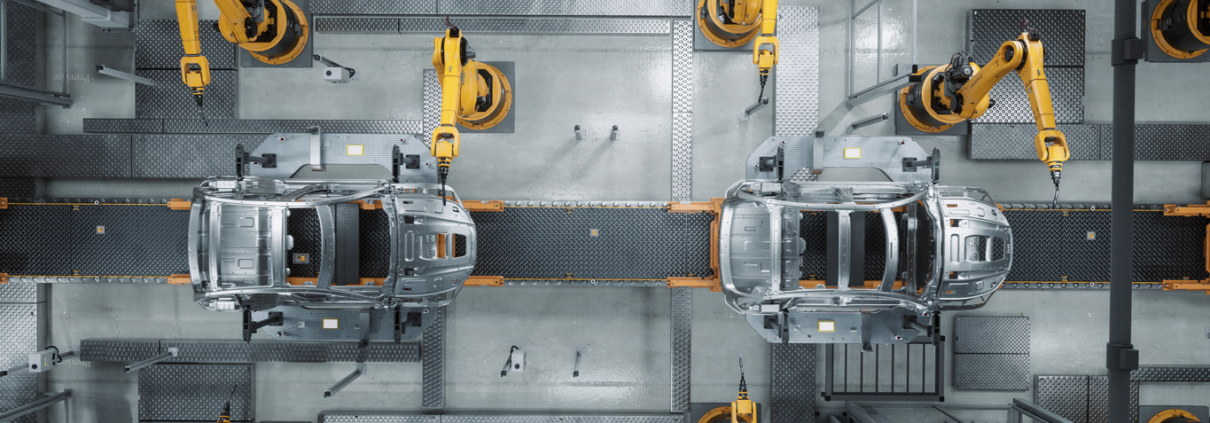Are AI Innovations Patent Eligible?
The purpose of this blog post is to address the topic of whether AI innovations are patentable.
Broadly stated, the determination of patent eligibility comes down to what is claimed to be the invention. The invention will not be patent eligible if a computer is simply used to automate a routine task, or simply lends speed or efficiency to the performance of the routine task. In other words, if the claimed AI invention is essentially the routine task itself, regardless how it may be claimed to be automated, it will not be patent eligible.[1]
For example, let’s assume I want to patent the process of assembling cars with AI enabled robots. Because the assembly of cars (with or without AI robots) is considered a routine task, the claims directed to the method of car assembly using AI robots should not be patent eligible, even if it’s far more efficient than humans. However, let’s say my claims include a method for using a new and unique AI enabled vision control system to control the robot’s car assembly process. Claims directed to that invention are likely eligible for patent protection.[2] While these blanket statements overly simplify the analysis and should not by themselves be used as pronouncements of the law, they are general guidelines to be considered to explain why AI innovations can be patented so long as the claims are drafted in a way not to remove routine tasks from the public domain.
Drafting claims with eligible subject matter is more art than science. Countless law review articles and volumes of cases have been devoted to this subject. Examples of AI innovations that are not protectible include AI tools used to automate traditional tasks. For example, processing a credit application to automatically qualify an individual for a home mortgage, an auto loan or credit card using a computer is not protectible. Computer enabled AI innovations that are protectible include novel AI model architectures that provide computational efficiency. Examples may include unique AI model architectures for training, fine tuning, embedding and prompting. At the AI applications level, unique AI model architectures that enable tasks to be performed more efficiently and/or accurately than humans or prior machines could. While these examples are not exhaustive and focus on the AI model level, opportunities for valuable patents exist across the entire AI stack, from the top application layer and down to the chip sets.
DISCLAIMER: The opinions expressed in this blog post are not provided as legal advice.
[1] IBM v. Zillow, 50 F. 4th 1371 (Fed. Cir. 2022)(purported AI driven interface for selecting regions on a map of interest found not patent eligible. The court held that the claimed GUI was not eligible since the analog version was available for centuries without a computer. “Printed map…[with] a wet erase maker…and a knife and scissors” were used for the same purpose before the computer.)
[2]Computer automated process for animating lip synchronization and facial expression of animated characters found patentable by using unconventional rules that relate sub-sequences of phonemes, timing, and morph weight sets. Enfish v. Microsoft 822 F.3d 1327,1335 (Fed. Cir. 2016) (“[I]mprovements in computer-related technology when appropriately claimed are undoubtedly not abstract, such as chip architecture, and LED display, and the like.”) Thales v. United States 850 F.3d 1343, 1345 (Fed. Cir. 2017)(configuration of inertial sensors and mathematical equation for motion tracking found patent eligible). Visual Memory v. NVIDIA 867 F.3d 1253 (2017)(configuring the memory system based on the type of processor connected to the memory system found patent eligible).


